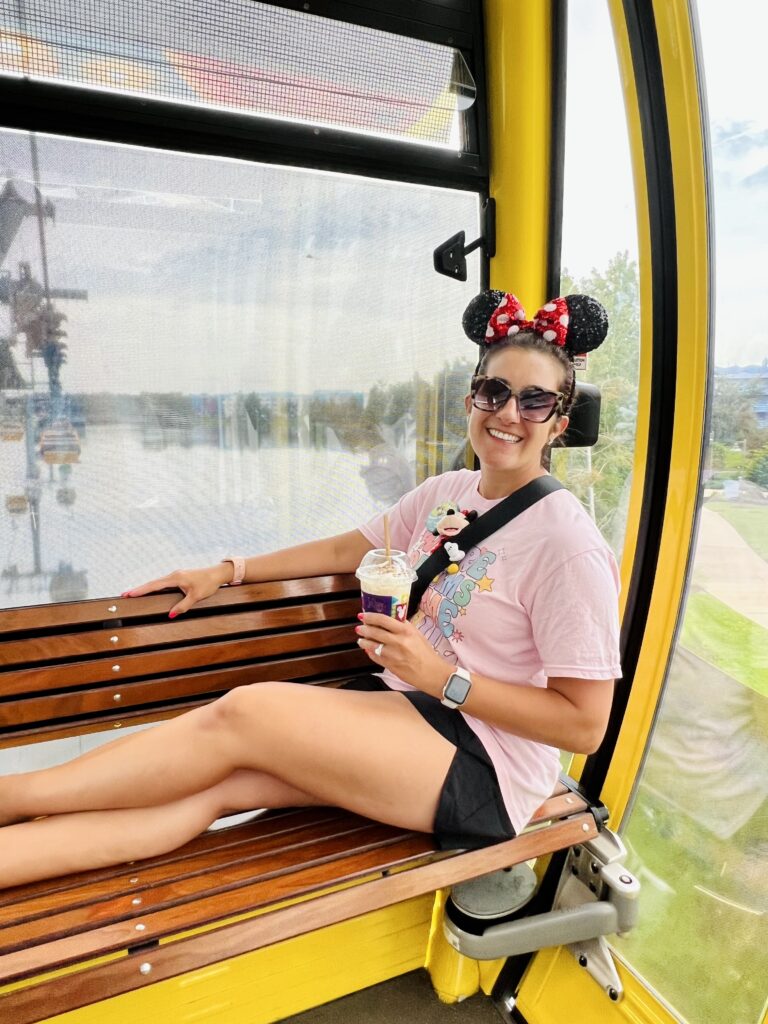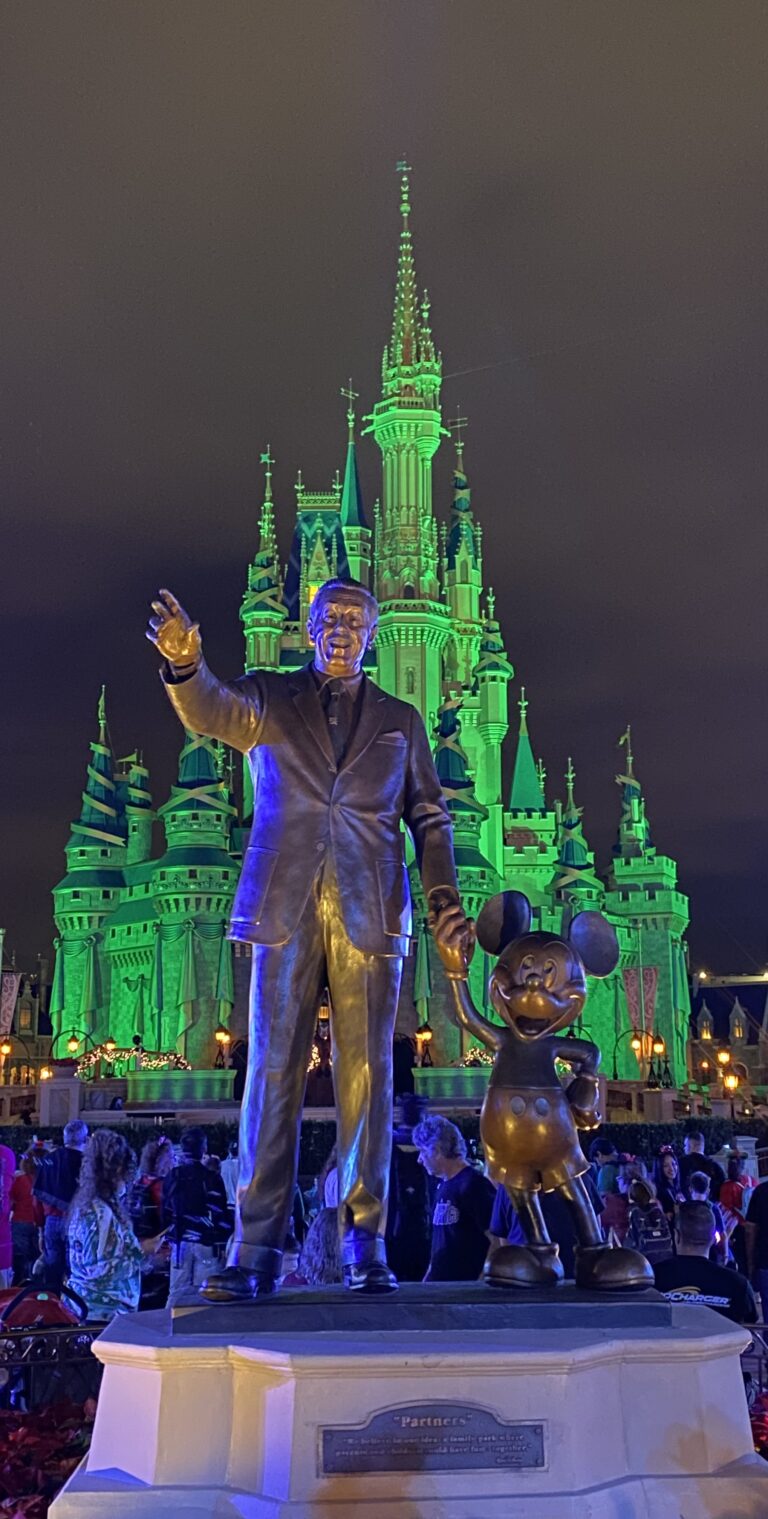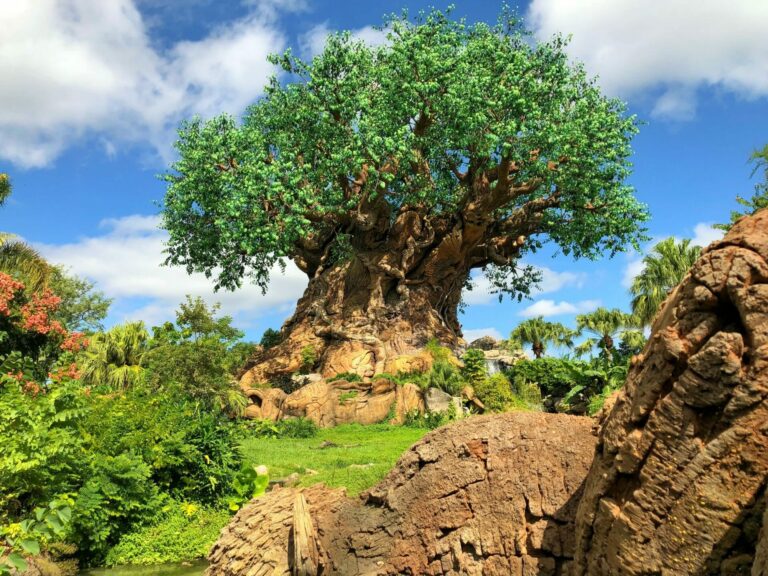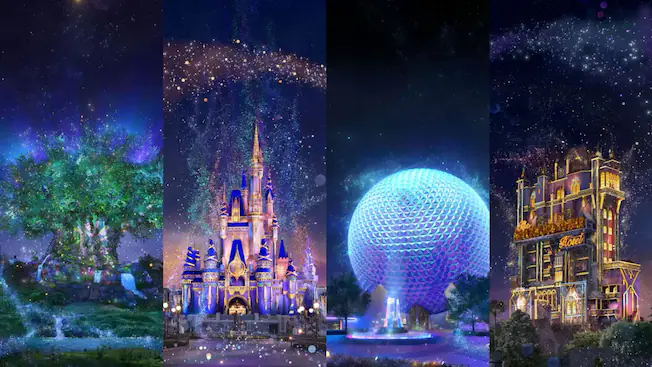Overview
Introduction
The Inside Passage is a protected seaway that stretches for more than 1,000 mi/1,600 km between the coast of southeast Alaska and a narrow string of islands to the west. It ends in Skagway, about 90 mi/145 km north of Juneau. The waterway has long been the favored sea route between Anchorage and the cities of Seattle and Vancouver because it's much calmer than the Pacific Ocean. It is also much shorter and easier than going overland via the Alaska Highway. The Inside Passage is the only link—other than by air—to Juneau, Ketchikan and Sitka.
No visit to Alaska is complete without at least a four-day cruise or ferry ride along the Inside Passage. There are a number of ways to see this spectacular seaway. At the lower end of the cost scale are the Alaska Marine Highway ferries, which make runs of two, three or four days, stopping at Ketchikan, Petersburg, Sitka, Juneau, Wrangell, Skagway and Haines, among other towns. Passengers usually board the ferries in Bellingham, Washington, or in Prince Rupert, British Columbia. Another option is to take the BC Ferry from Port Hardy on Vancouver Island to Prince Rupert and connect there with an Alaska Marine Highway ferry.
On the upscale side, numerous cruise lines run Alaskan waters, most of them through the Inside Passage. Those known as Inside Passage cruises usually begin in Vancouver, British Columbia (though some ships begin in Seattle and as far south as San Francisco), and include stops at such southeast Alaska ports as Ketchikan, Skagway, Sitka and Juneau. The ships turn around in Glacier Bay and then return to their point of origin. Gulf of Alaska cruises (sometimes called Glacier Route cruises) usually run between Vancouver and Seward, with connections through Anchorage so you can add land excursions to the state's interior to your trip.
The vessels range from big luxury ships carrying more than 2,000 passengers to smaller but well-equipped boats that hold up to 100 people. The smaller boats are more expensive, but they're capable of getting closer to the glaciers and to the wildlife on shore. No matter which kind of vessel you choose, make your reservations six months to a year in advance—bookings for the spring and summer fill up quickly.
As you sail along the rugged coast, passing the magnificent Alexander Archipelago, you'll see cloud-shrouded mountains, glaciers, fjords, islands covered with coniferous rain forest, Alaska Native villages, eagles, seals, orca and humpback whales, bears, moose and other animals. If your journey includes Tracy Arm, a narrow fjord surrounded by granite cliffs and ending at South Sawyer glacier, you may see harbor seals and their pups on the ice floes during the summer (it's included on many cruises, or you can visit as a side trip from Juneau). Another highlight is Glacier Bay, in Glacier Bay National Park.
At Skagway, the northern end of the Inside Passage, ferry or cruise-ship passengers can book a train and motorcoach trip to Whitehorse, Yukon, going over the historic White Pass and Yukon Route. If you want to spend a day or two in the wilderness, take a floatplane out to a U.S. Forest Service cabin in the Tongass National Forest, which includes most of Southeast Alaska. Some cruise ships continue on across the Gulf of Alaska to Hubbard Glacier, Malaspina Glacier, Prince William Sound and Columbia Glacier. They end at Seward (this route is the northern part of the Gulf of Alaska cruises).













































